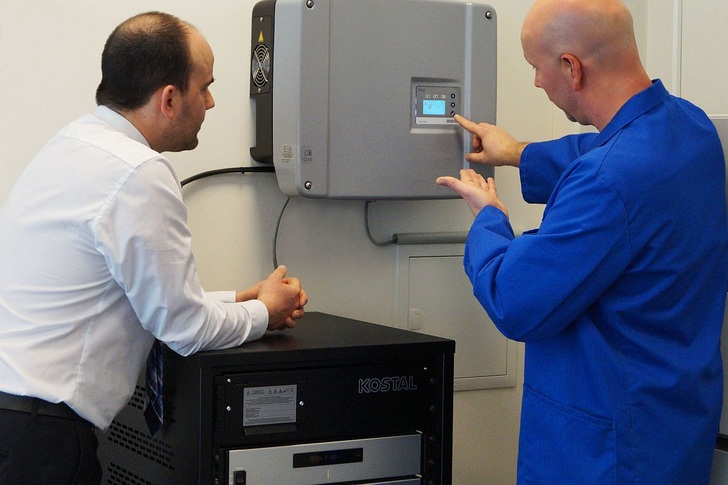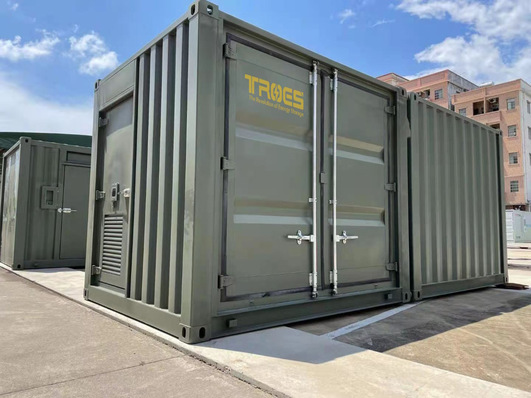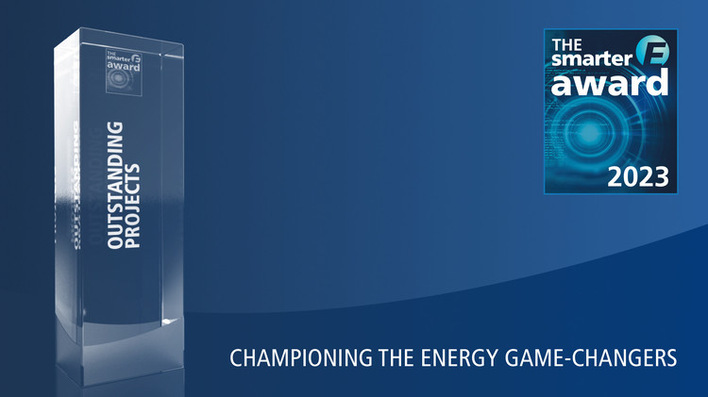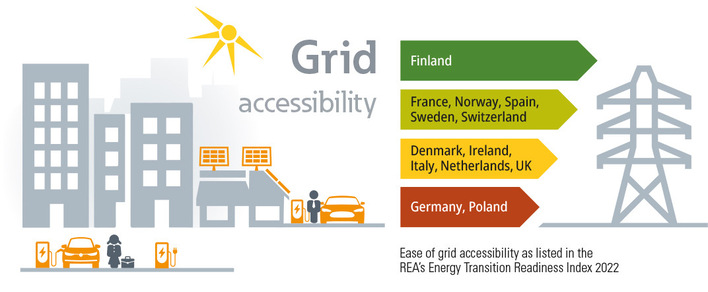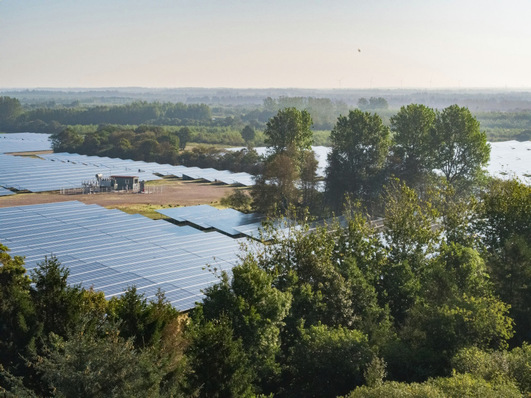Photovoltaics is a secure and sustainable source of energy. But as we know, this energy is only available as long as the sun shines. But households, of course, require it regardless of where the sun is in the sky, primarily even in the afternoon and evening. This has to do mostly with the daily rhythm of most people who are off to work during the day and only require the energy when they return.
The divergence between energy production and energy consumption highlights the significance of energy storage systems. To end consumers it is important for themselves to consume as much of the self-produced energy as possible. That way the investment in a PV installation pays off faster.
Understand and learn load profiles
In order that the majority of the PV energy can be used by the end consumers themselves and thus contribute to the lowering of their energy costs, it is important understand the load profile of the individual house. This is what the Piko BA System by Kostal can deliver. The intelligence of this storage inverter recognises and considers at what times the household uses the most energy.
From this, the system independently predicts how the consumption patterns will develop in the future; and controls the charging or discharging of the storage unit. For instance, if the system detects that the household always uses energy starting at 6pm, it makes sure that the battery is always charged up before 6pm, so that the customer can use the most solar energy possible.
Battery buffers surplus energy
By controlling the charging and discharging in an anticipatory and individualised manner, the battery acts as a buffer in case there is a surplus of solar energy. Such a potential over-supply caused by strong solar irradiation is anticipated by the management unit of the storage inverter and then aligned with the individual load profile of the house.
This creates ideal conditions for making as much energy available as possible for covering the demand of the house and for uselessly feeding as little of it back into the public grid. This new capability of the Piko inverter is commonly known as smart energy control. This means that the storage system can for example anticipate whether between 6pm and 8pm the PV array will still be able to produce enough electricity to meet the demand of the household.
Works without the Internet
The most advantageous thing is that the intelligence of the storage system does not need an Internet connection to obtaining weather data. This function is carried out by self-learning mechanisms in the inverter, which also make use of data collected by the system in the past.
By using the new forecast capabilities, the consumption of the energy produced is optimised beyond merely storing the electricity. The self-learning software anticipates the load patterns of each customer and compares them to yields of the PV installation. This results in an optimised charging of the battery, which allows the surplus energy to be stored in almost all cases.
Up to six kilowatt hours more
By anticipating the load patterns, the management unit of the storage inverter makes sure that there is enough empty capacity in the battery to absorb surplus energy. As a result, the consumers increase their self-consumption as well as their degree of self-sufficiency, thus lowering their overall electricity costs. The smart energy control system of the Piko BA provides the end customer with an increase in yield of up to six kilowatt hours per day.
But not only the end customers benefit from the Piko BA’s smart energy control system. Grid operators can also profit by this capability. Without the intelligent forecasting capabilities, there often is a peak in energy being fed into the grid in the afternoon. This is a result of the non-controlled storage systems, after having fully charged their batteries before midday and then having no choice but feeding energy into the grid. That generally puts a strain on power grids.
With Kostal’s smart storage system this does not happen. Even though the intensity and duration of solar irradiation cannot be controlled, the intelligence of the storage inverter makes it possible to forecast it. This in turn allows the inverter to continually manage the level of charge in the battery throughout the day. Simultaneously, this means that the feed-in of the solar installation into the grid is spread evenly throughout the day. This avoids the peaks mentioned before and puts less of a strain on grids. (Dennis Hollenbeck)
Perhaps those articles are of interest for you:
8 expert tips for solar energy storage every home builder should know about
Energy storage: our insight stories at a glance

